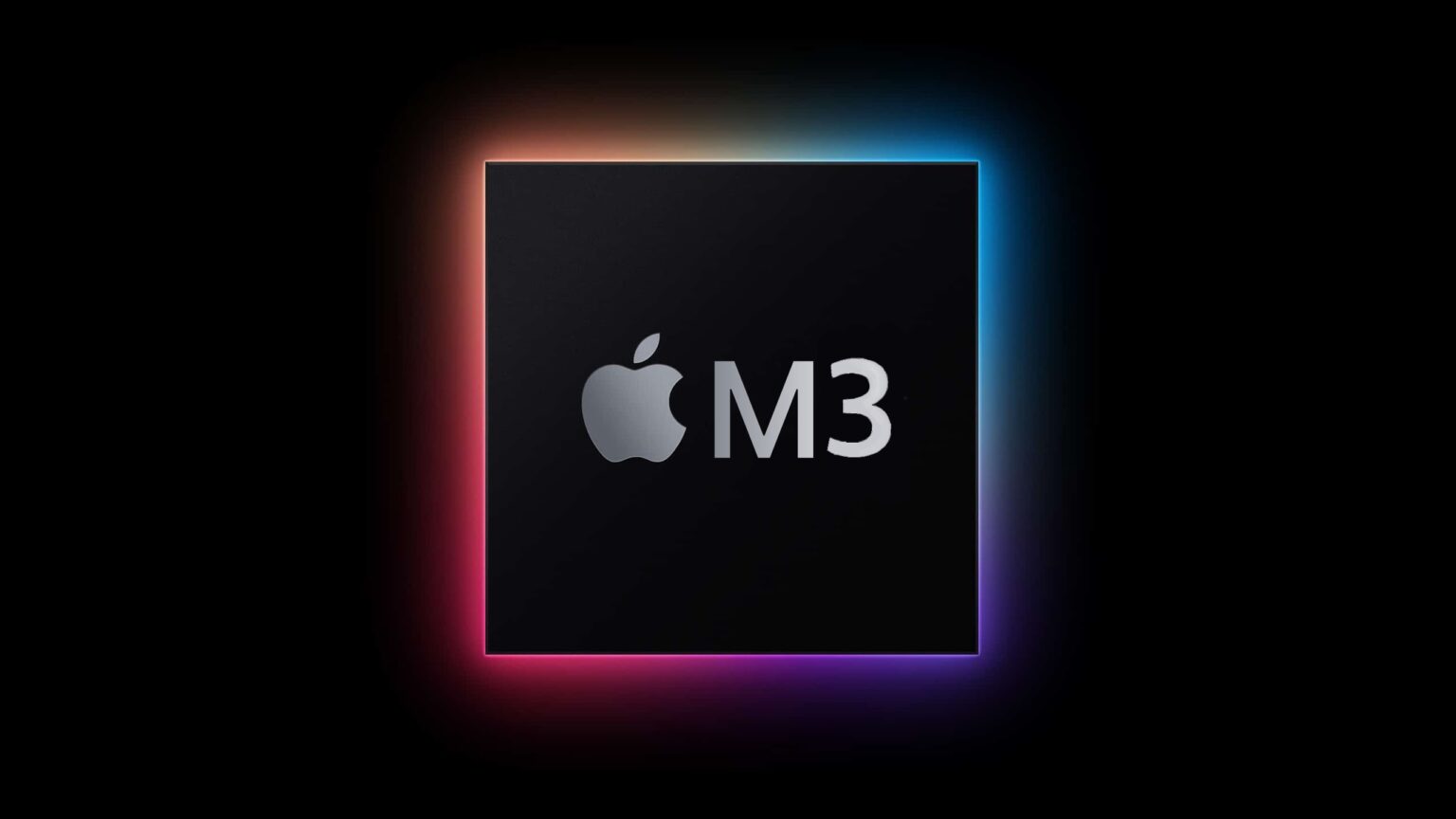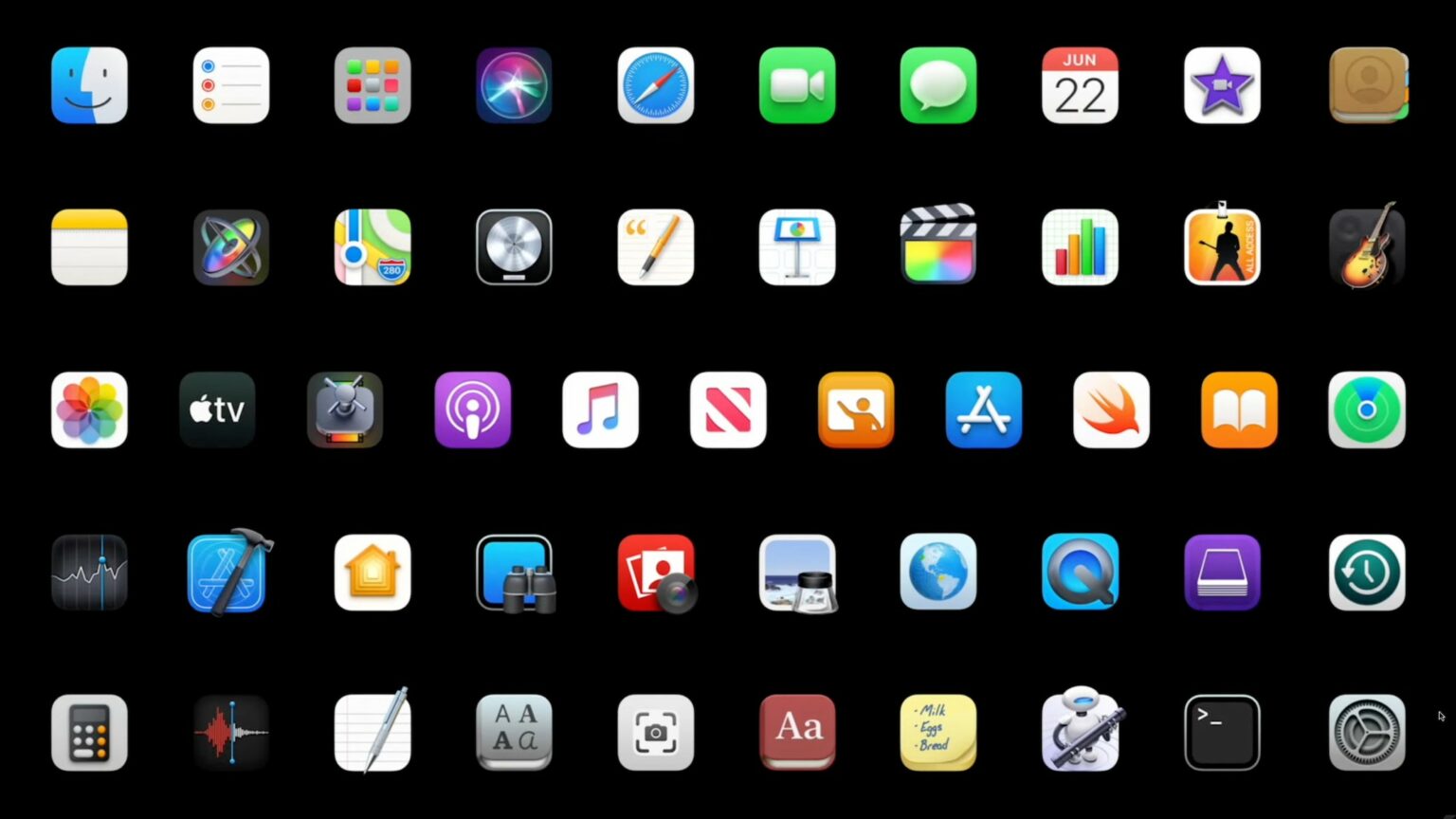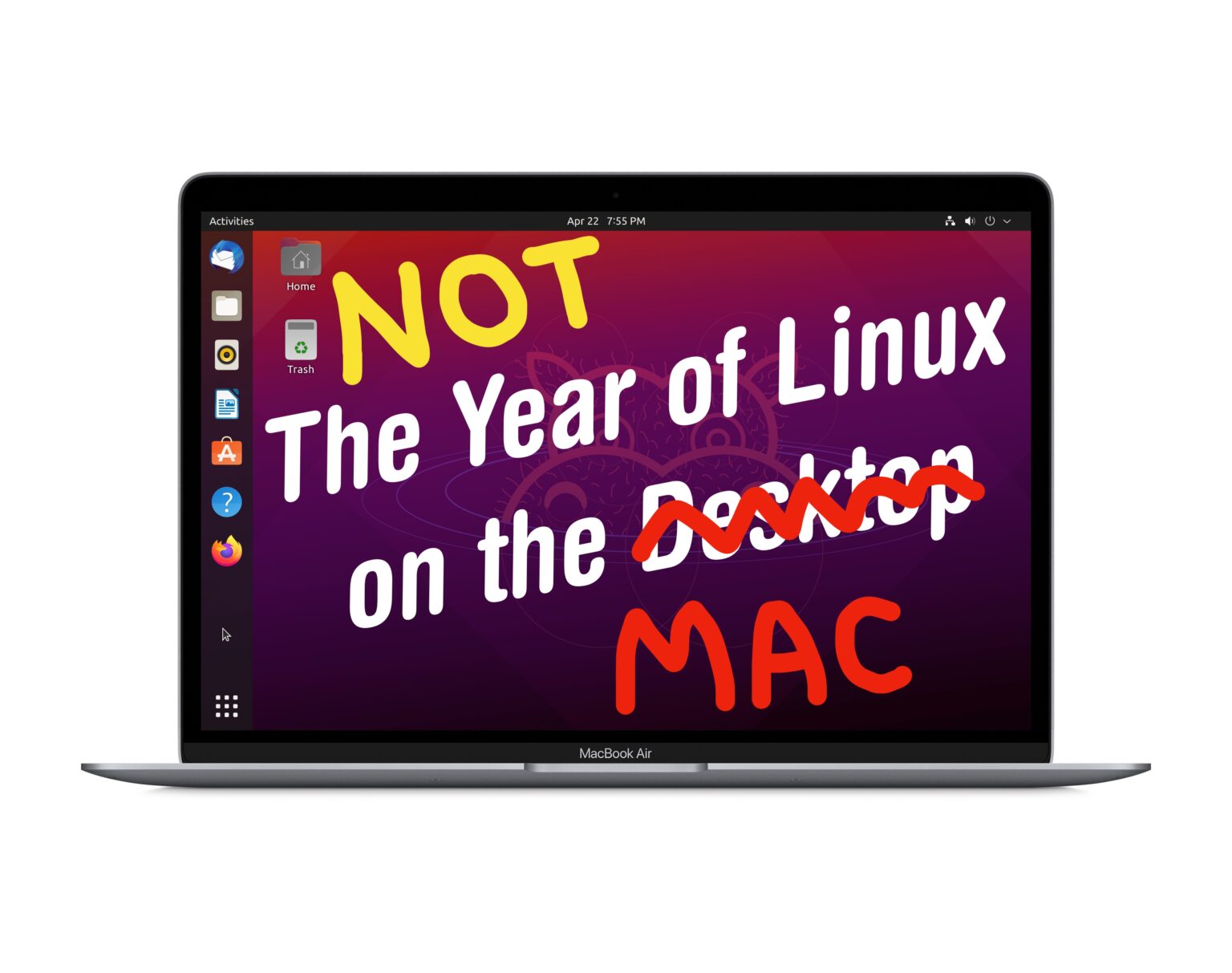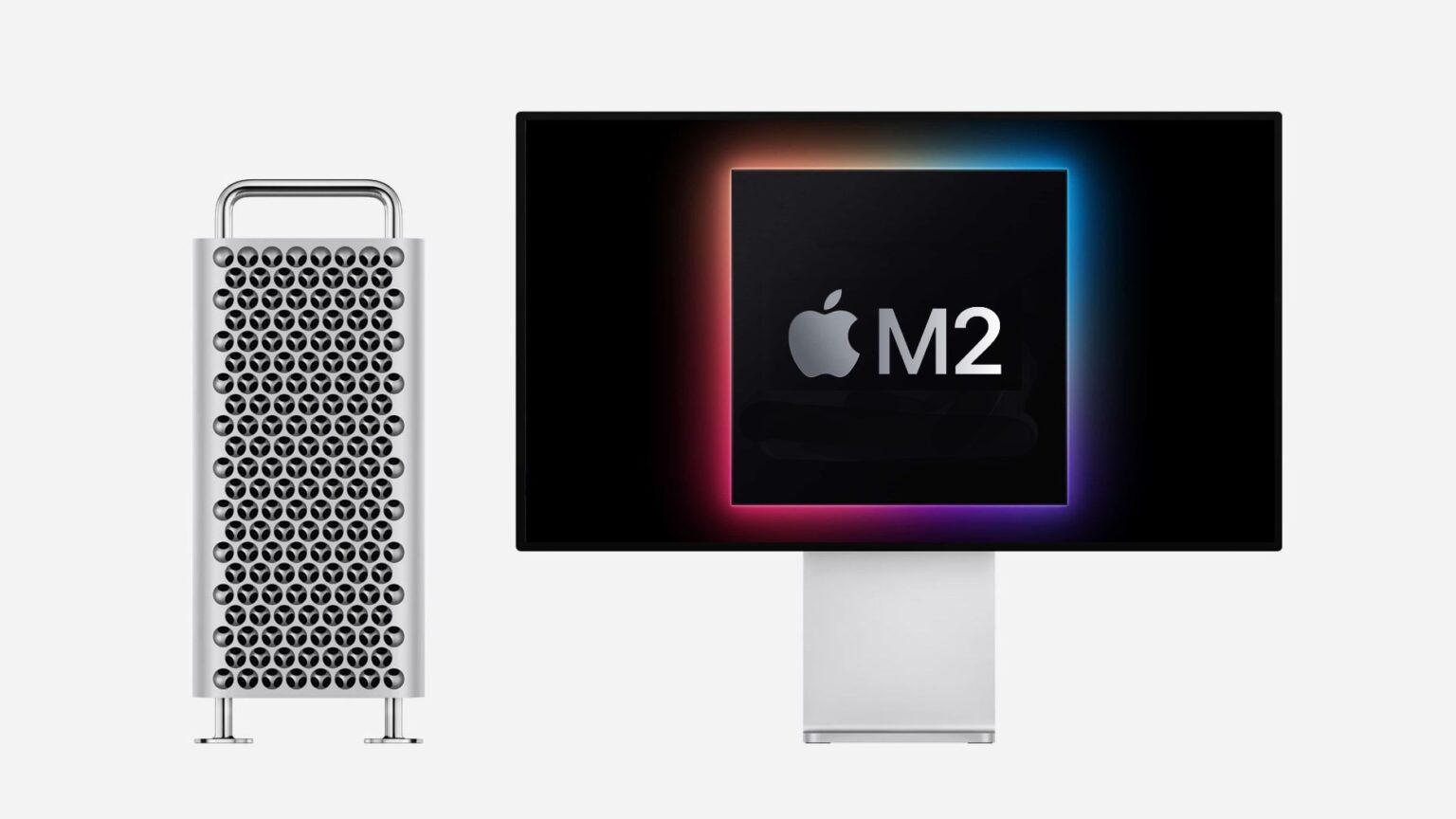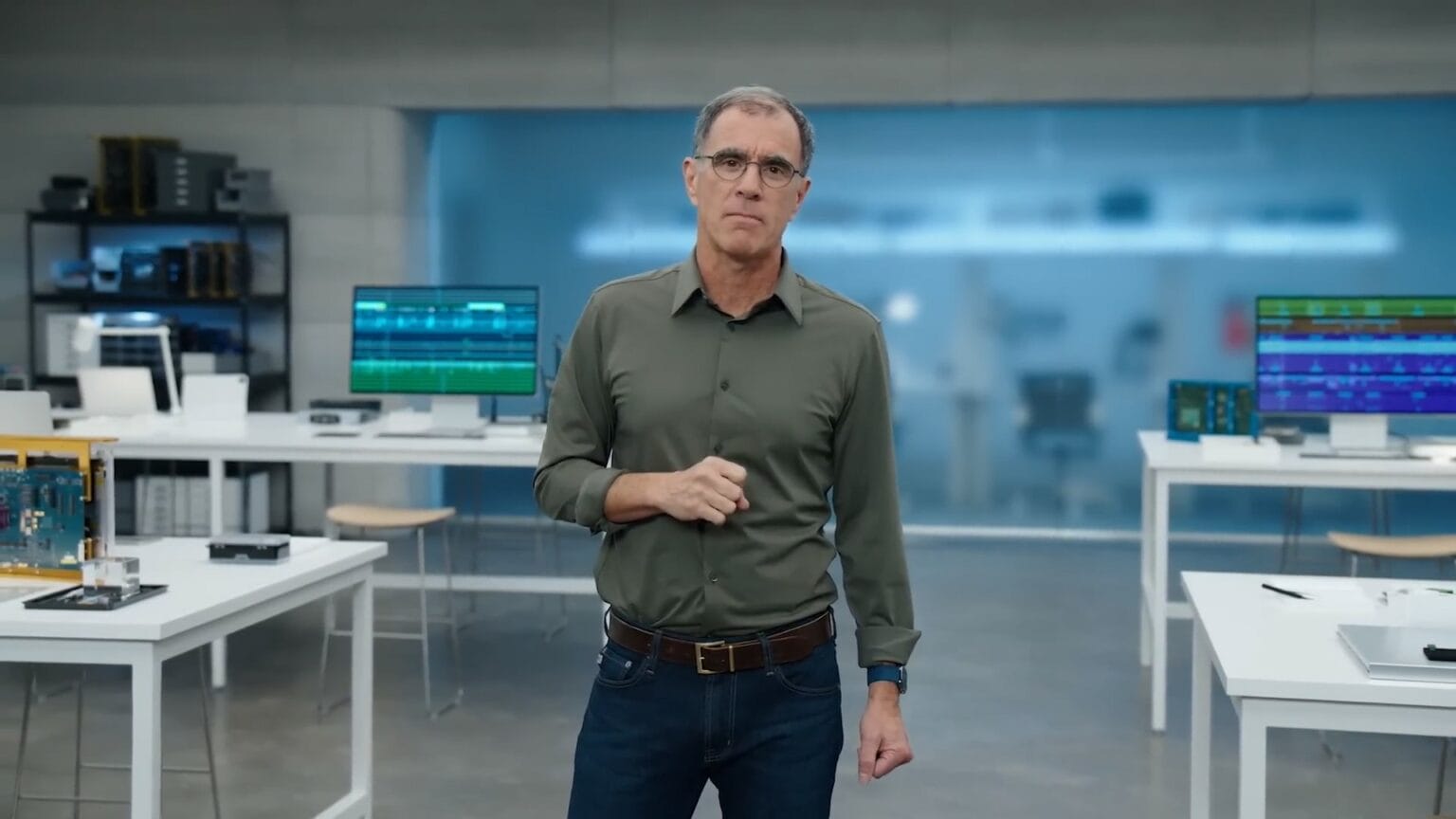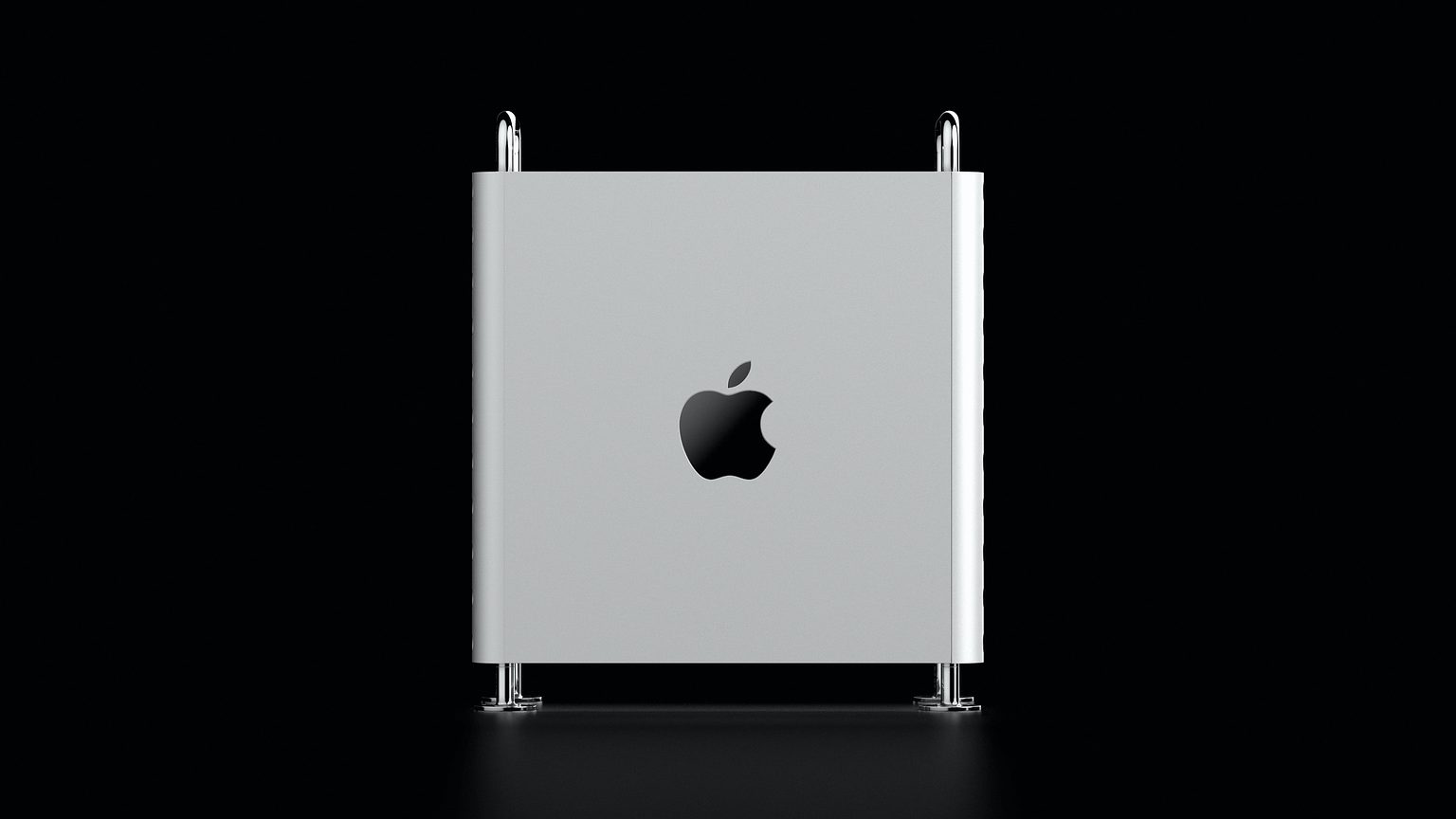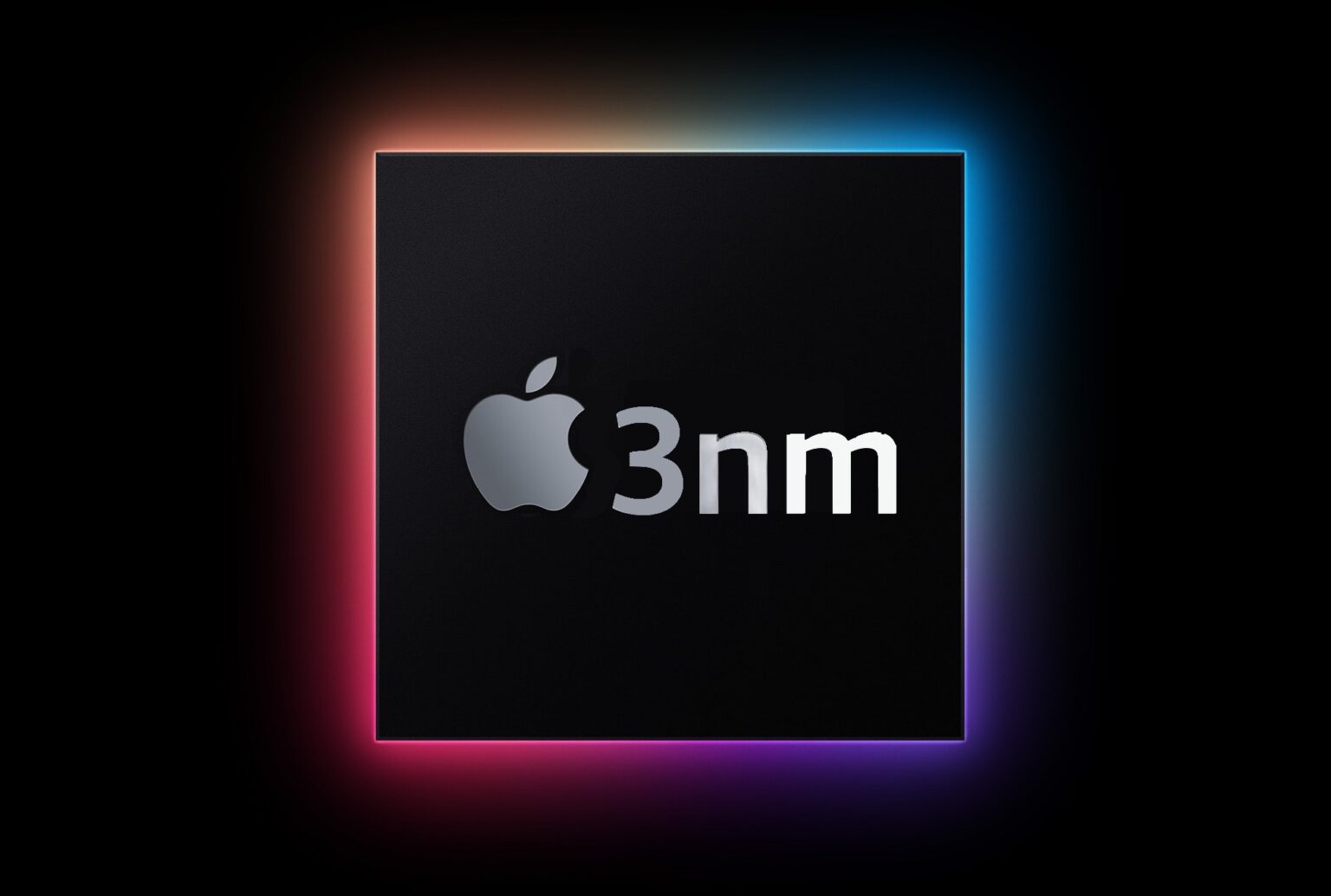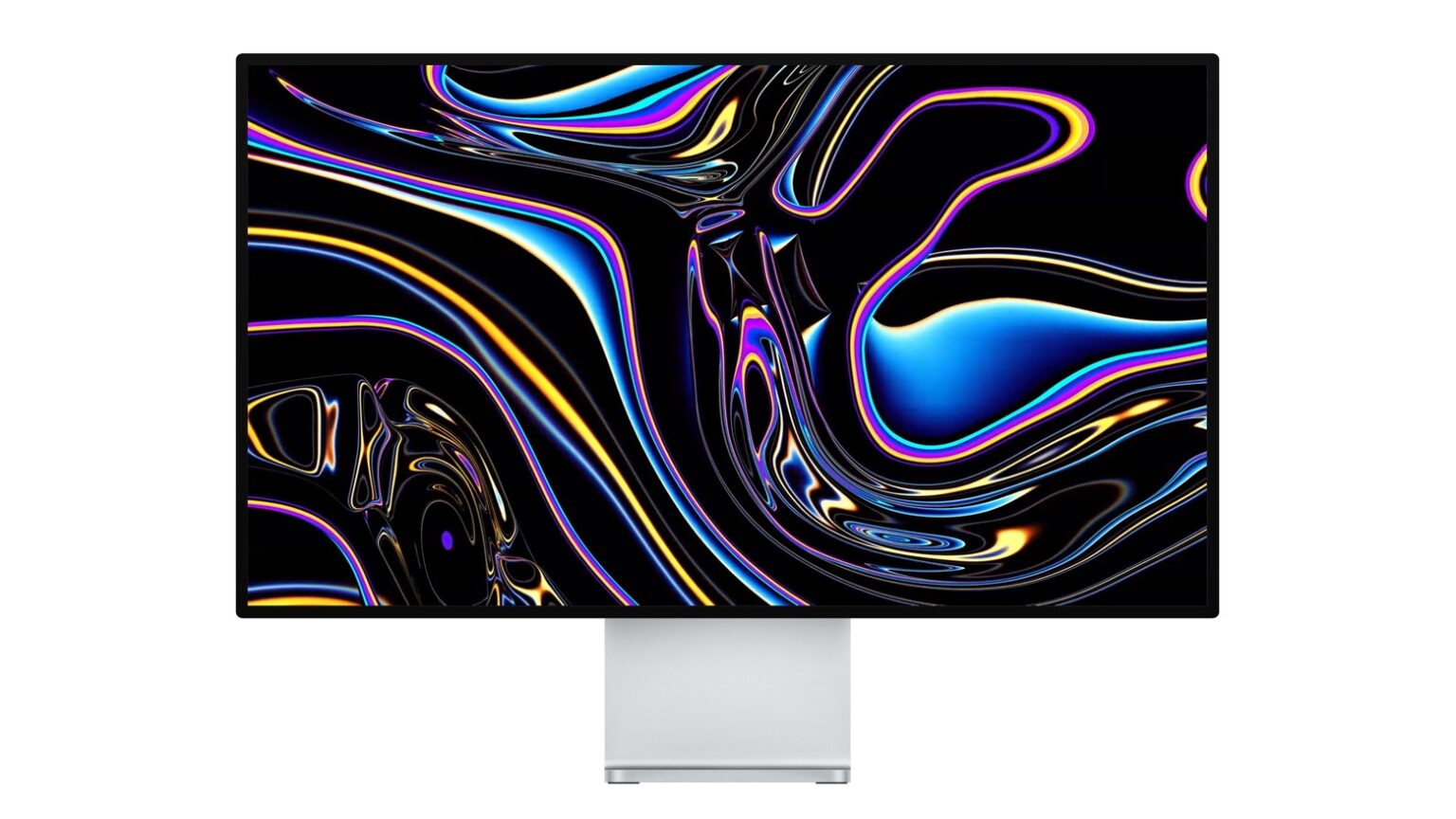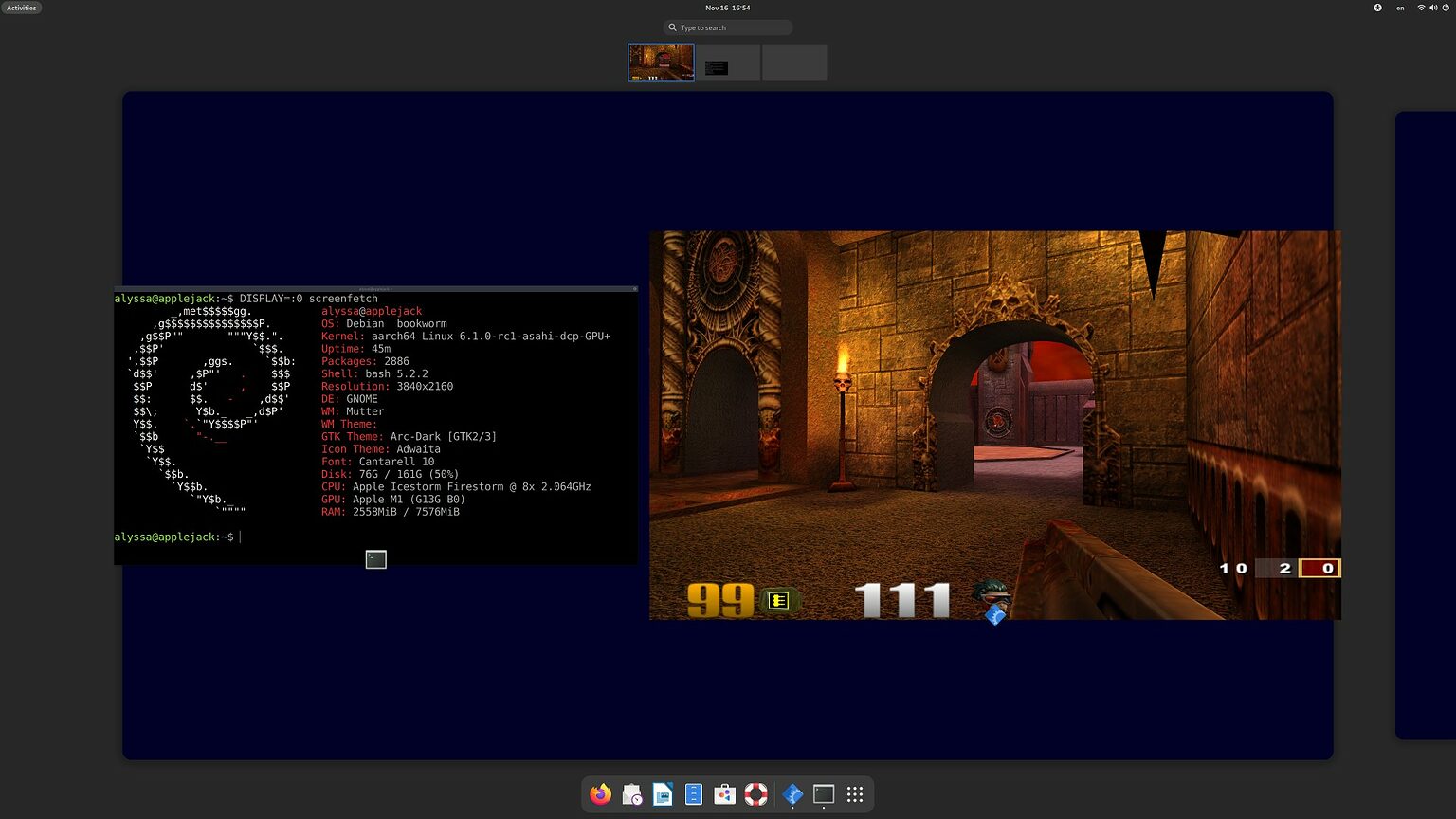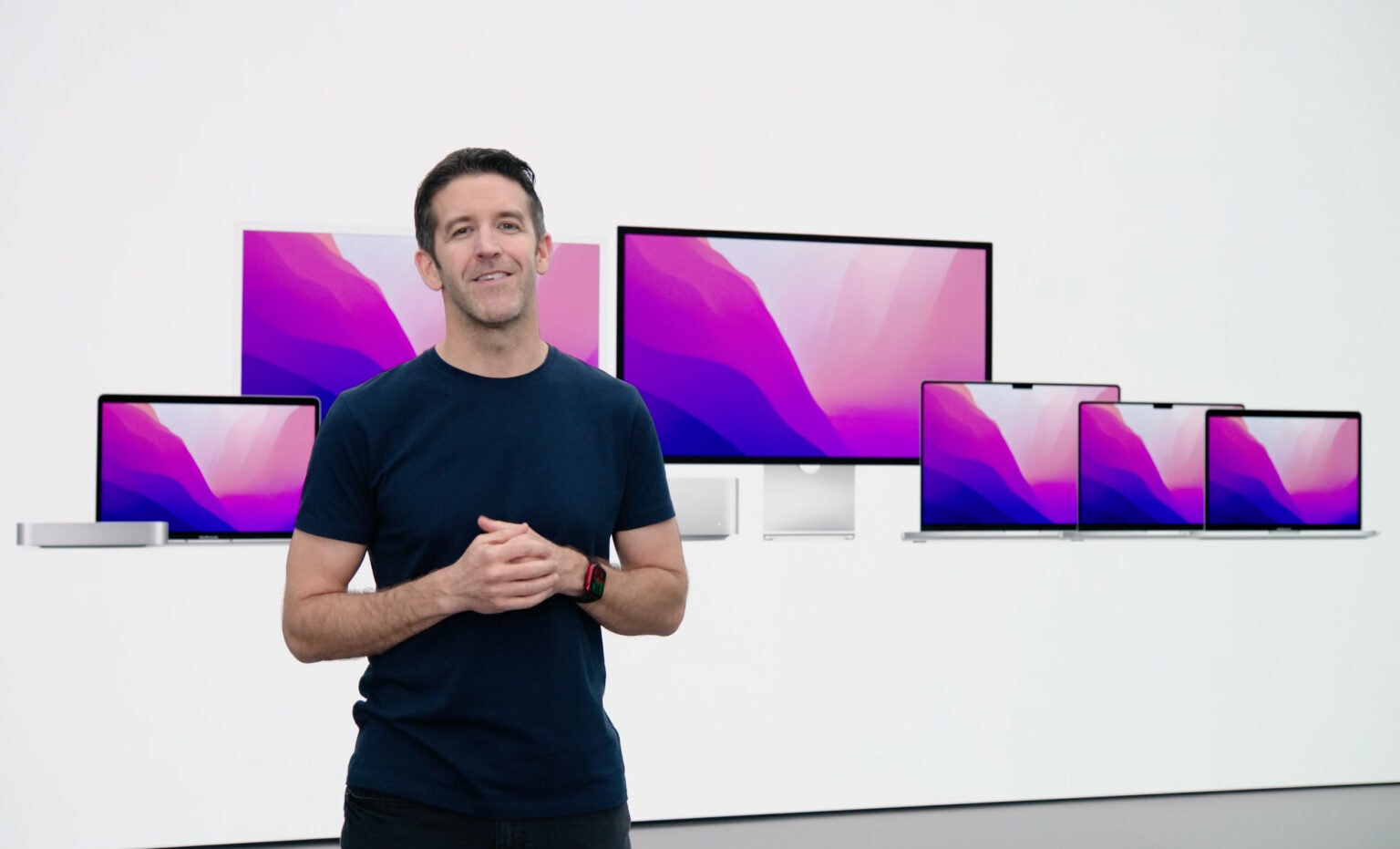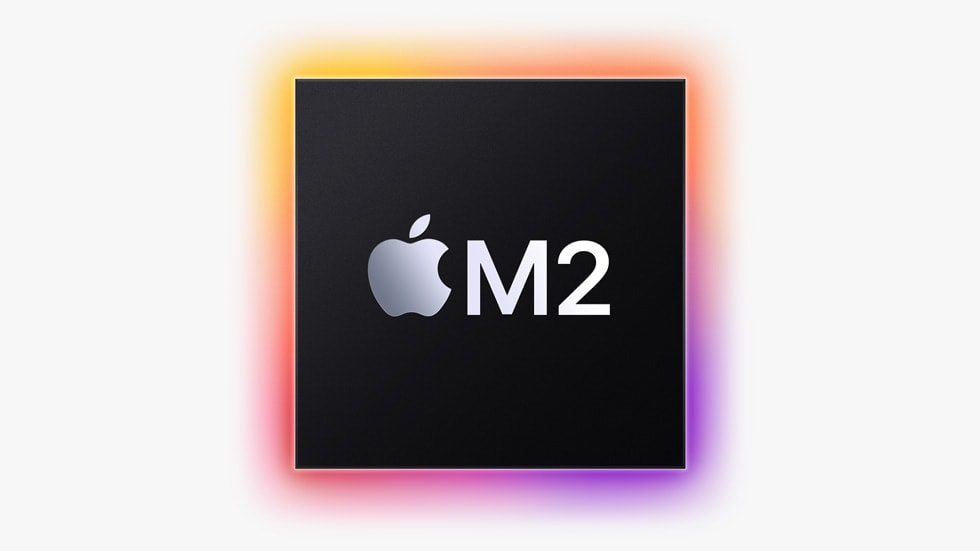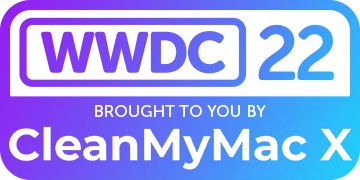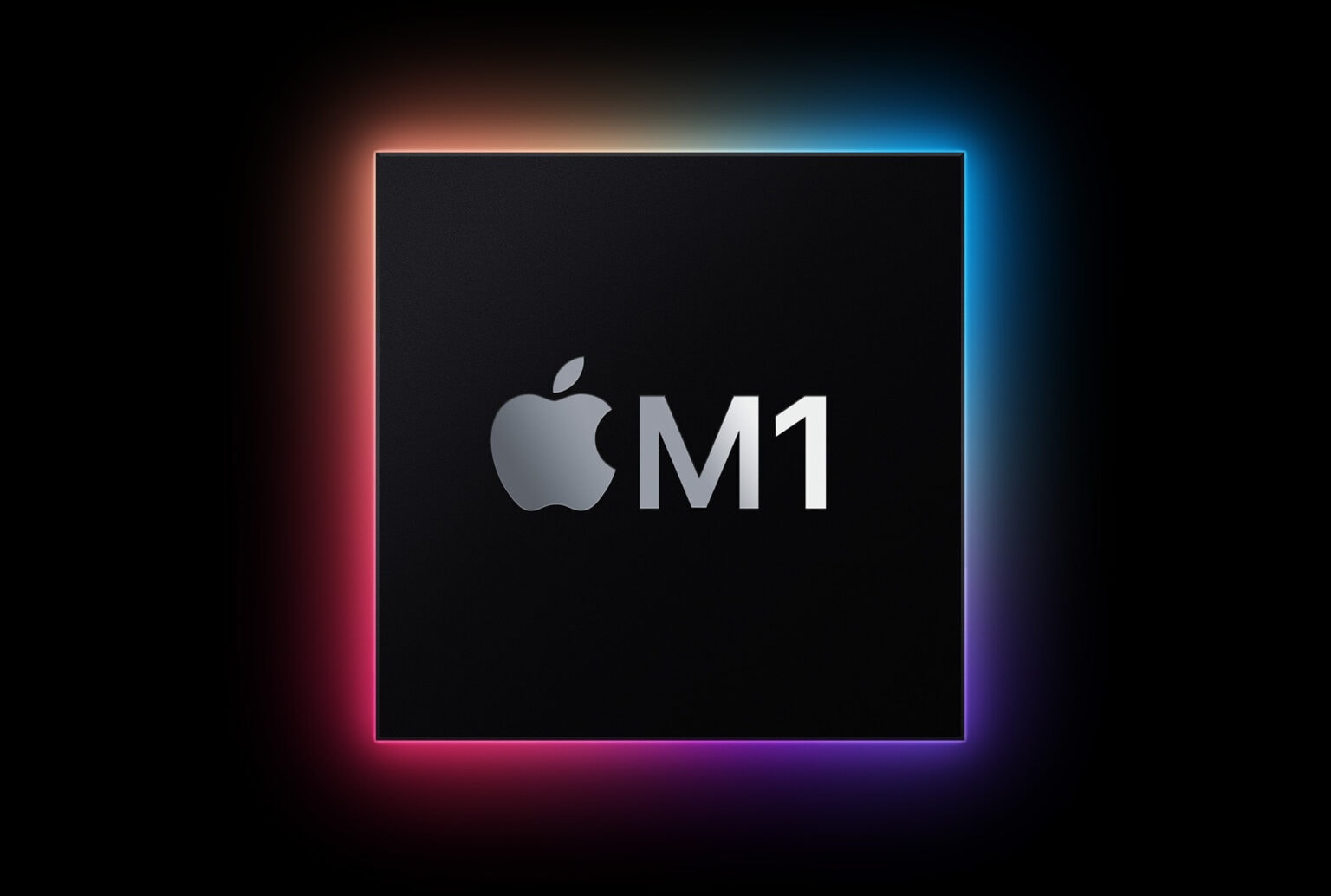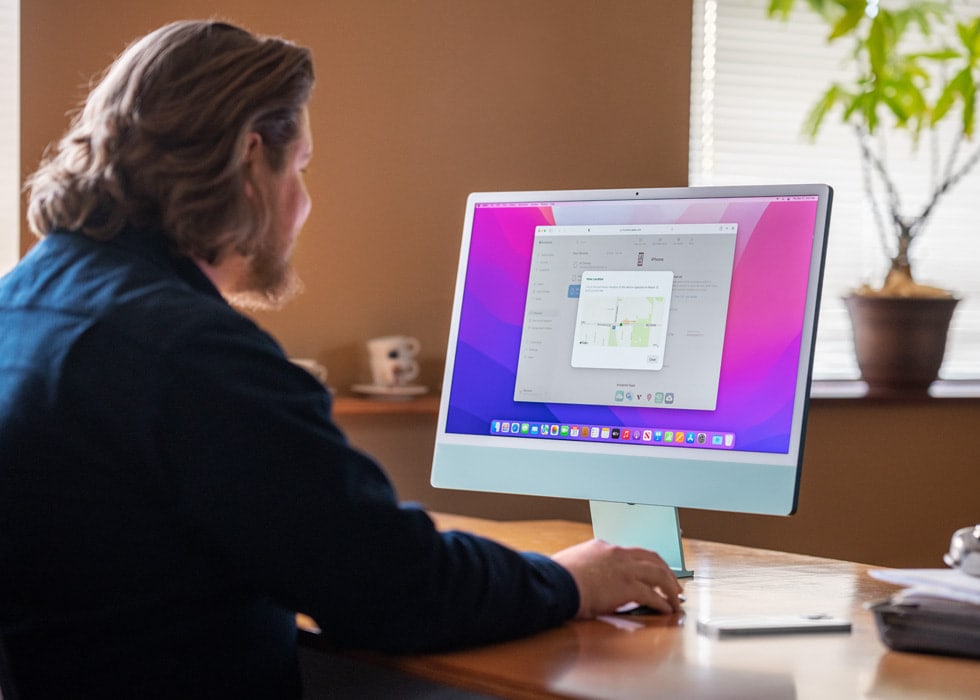This week on Cult of Mac’s podcast: A surprise leak about Apple M4 chips says they’ll come sooner than almost anybody suspected. But nobody’s shocked to hear that they will focus on bringing AI capabilities to Macs.
Plus, there’s news of Ferret-UI, a new Apple project designed to help AI understand how humans use iPhones. Apple’s definitely tin a rush to cash in on tech’s biggest buzzword!
Also on The CultCast:
- With Project Titan abandoned and hopes of an Apple car destroyed, Cupertino goes on a desperate search for its “next big thing” to boost revenue.
- The new Humane Ai Pin, previously lauded as a potential iPhone killer, is DOA. The first reviews are shockingly bad.
- And we wrap up with an all-new edition of What We’re Into! Spoiler alert: It’s all sci-fi this time around.
Listen to this week’s episode of The CultCast in the Podcasts app or your favorite podcast app. (Be sure to subscribe and leave us a review if you like it!) Or watch the video live stream, embedded below.
![Apple M4 chips and the rise of AI everything [The CultCast] Apple M4 chips will power AI-focused Macs. The CultCast episode 642.](https://www.cultofmac.com/wp-content/uploads/2024/04/Apple-M4-chips-CultCast-episode-642-1536x864.jpg)
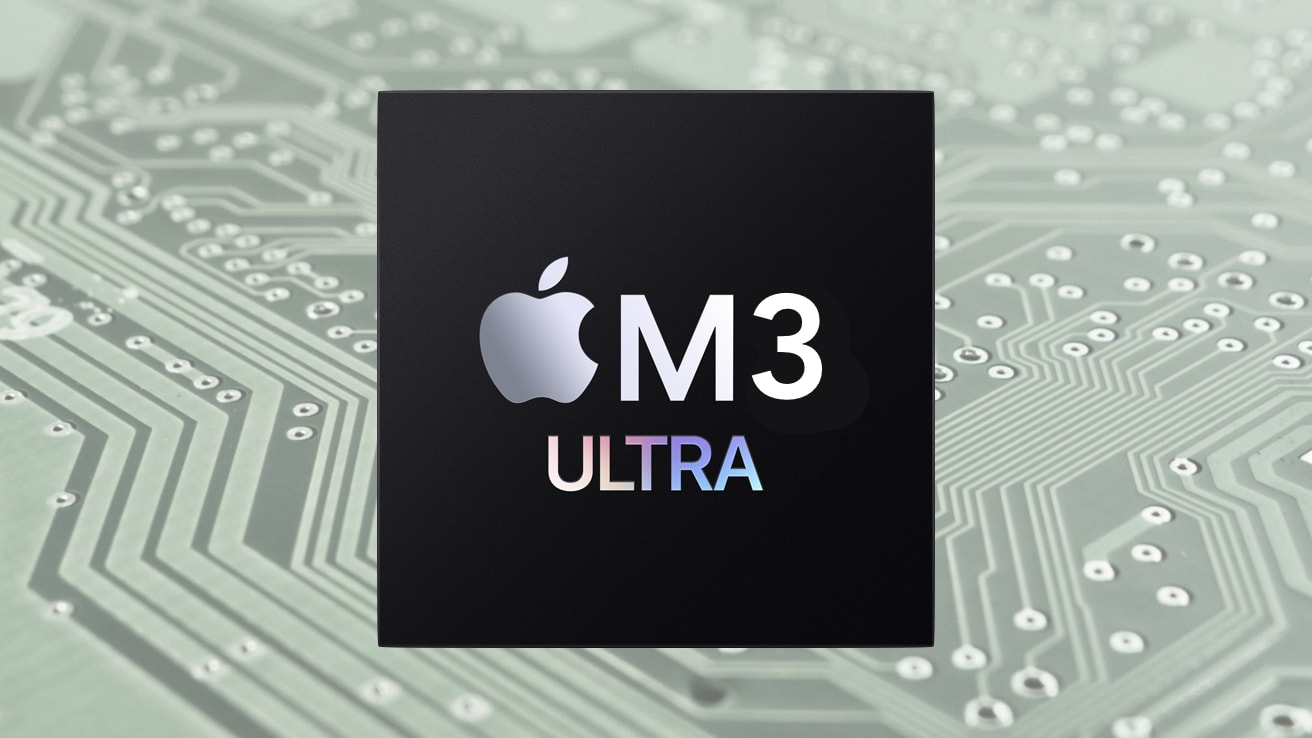


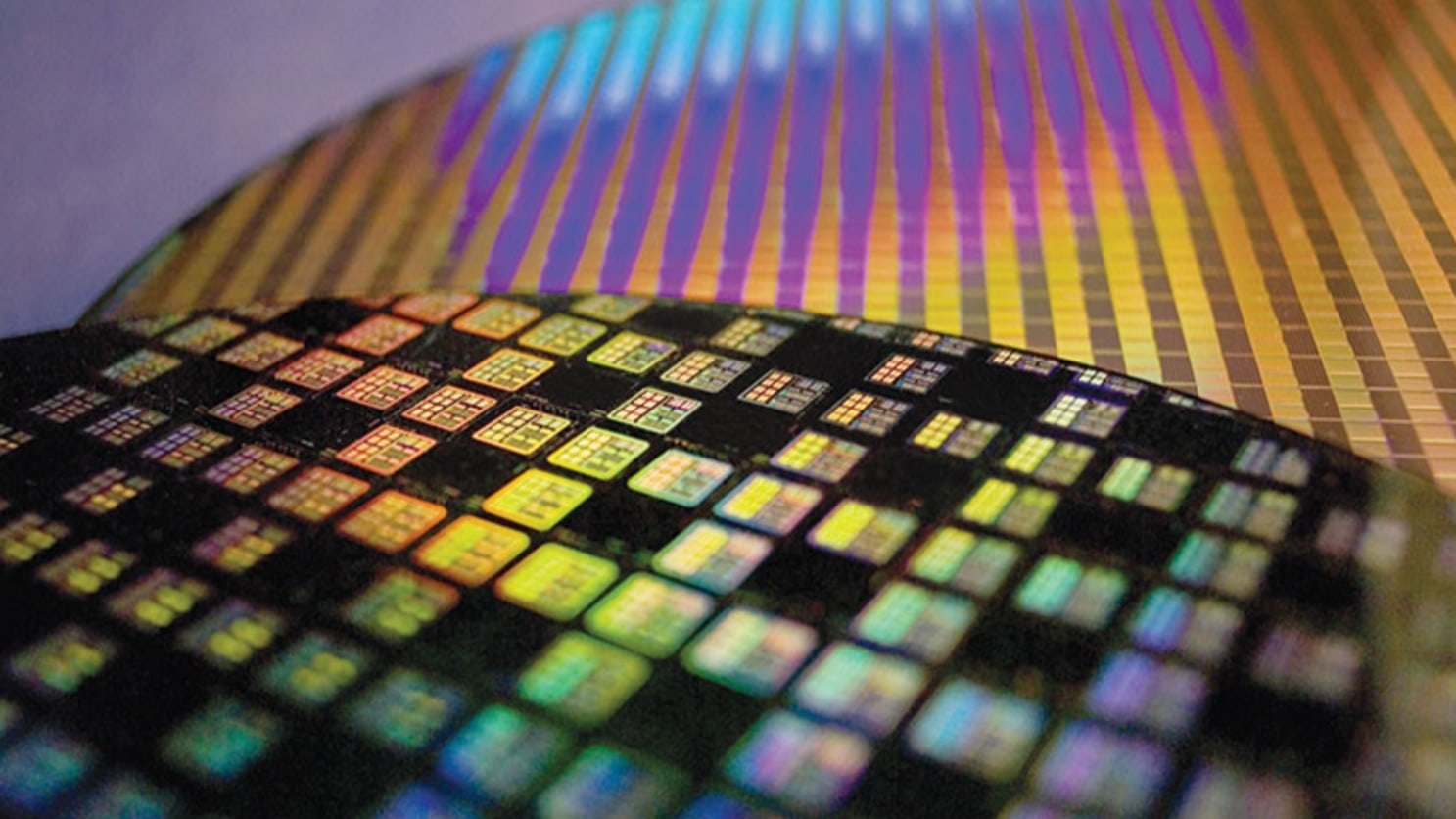

![These are the only two M3 MacBook Pros you should buy [The CultCast] The CultCast episode 620. These are the only two M3 MacBook Pros you should buy.](https://www.cultofmac.com/wp-content/uploads/2023/11/The-CultCast-episode-620-M3-MacBook-Pros-1536x864.jpg)
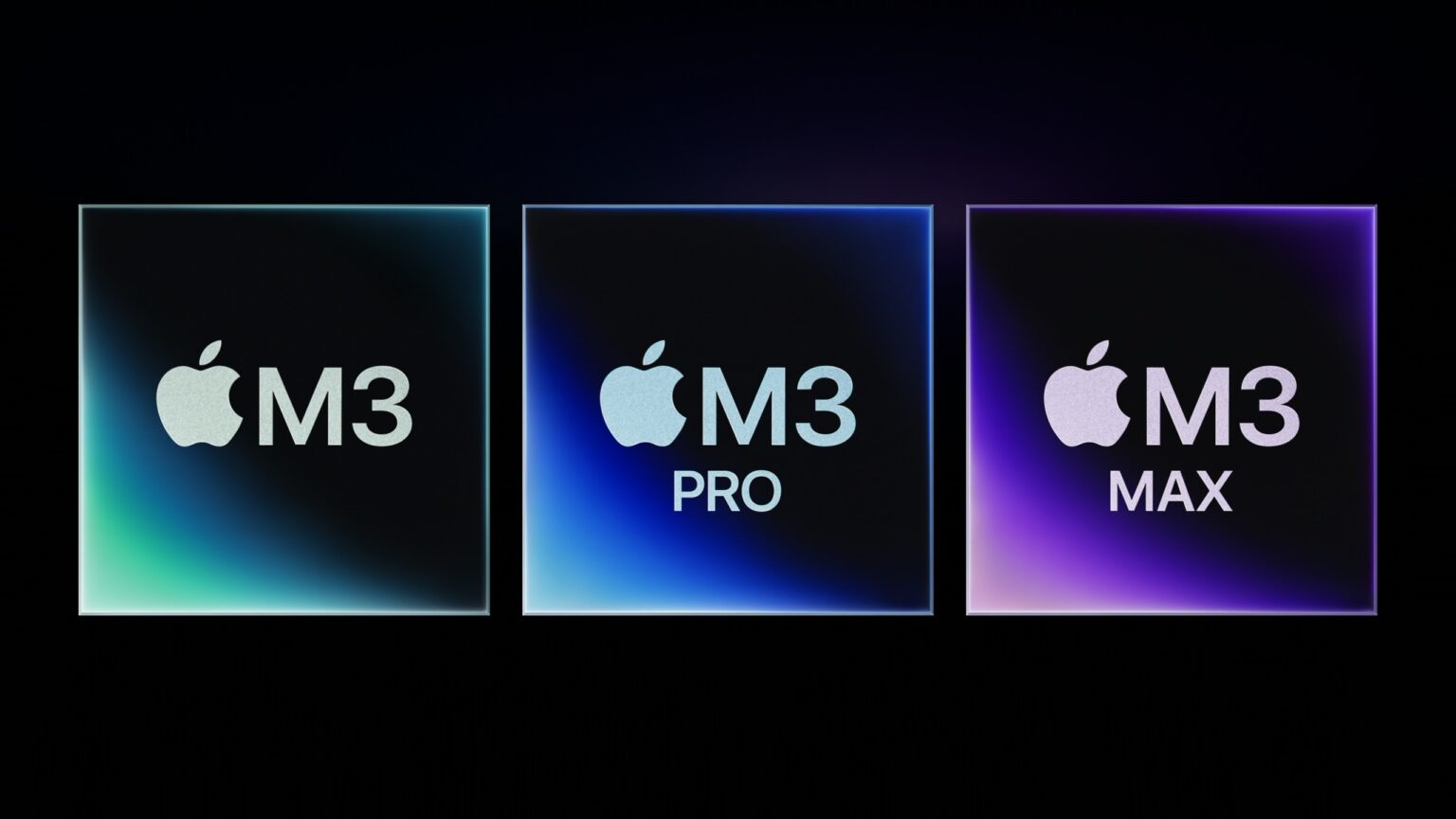
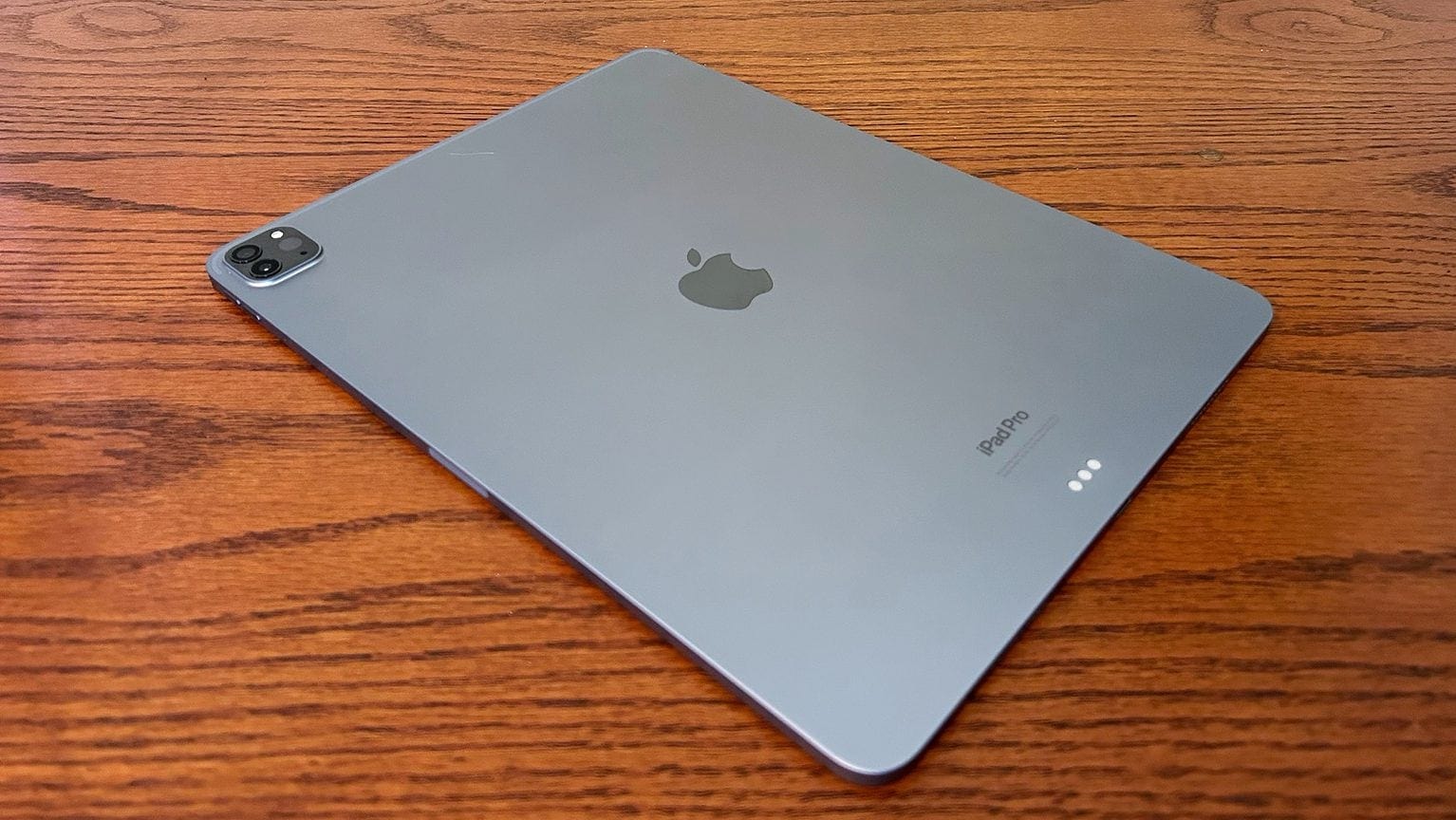
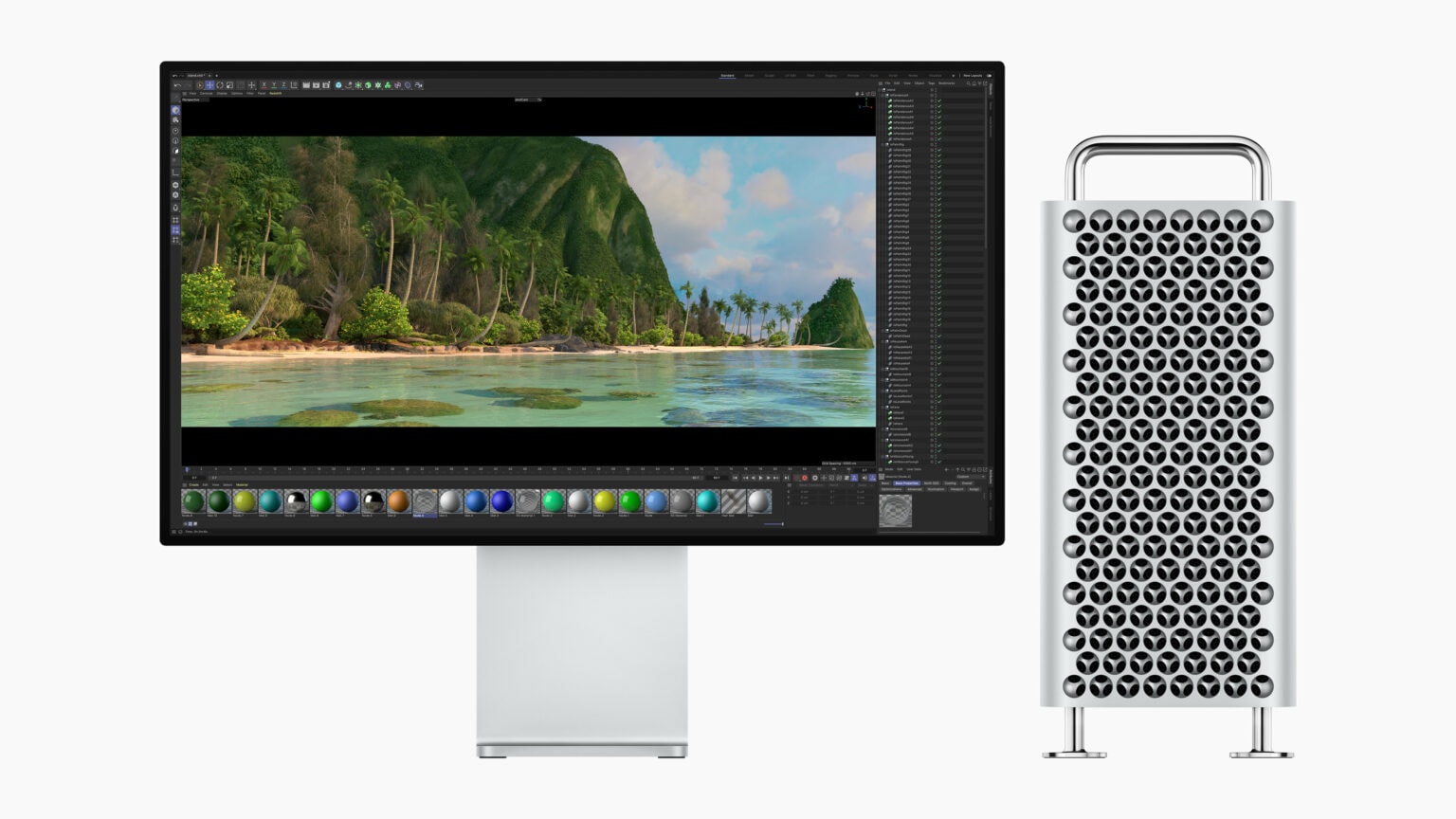
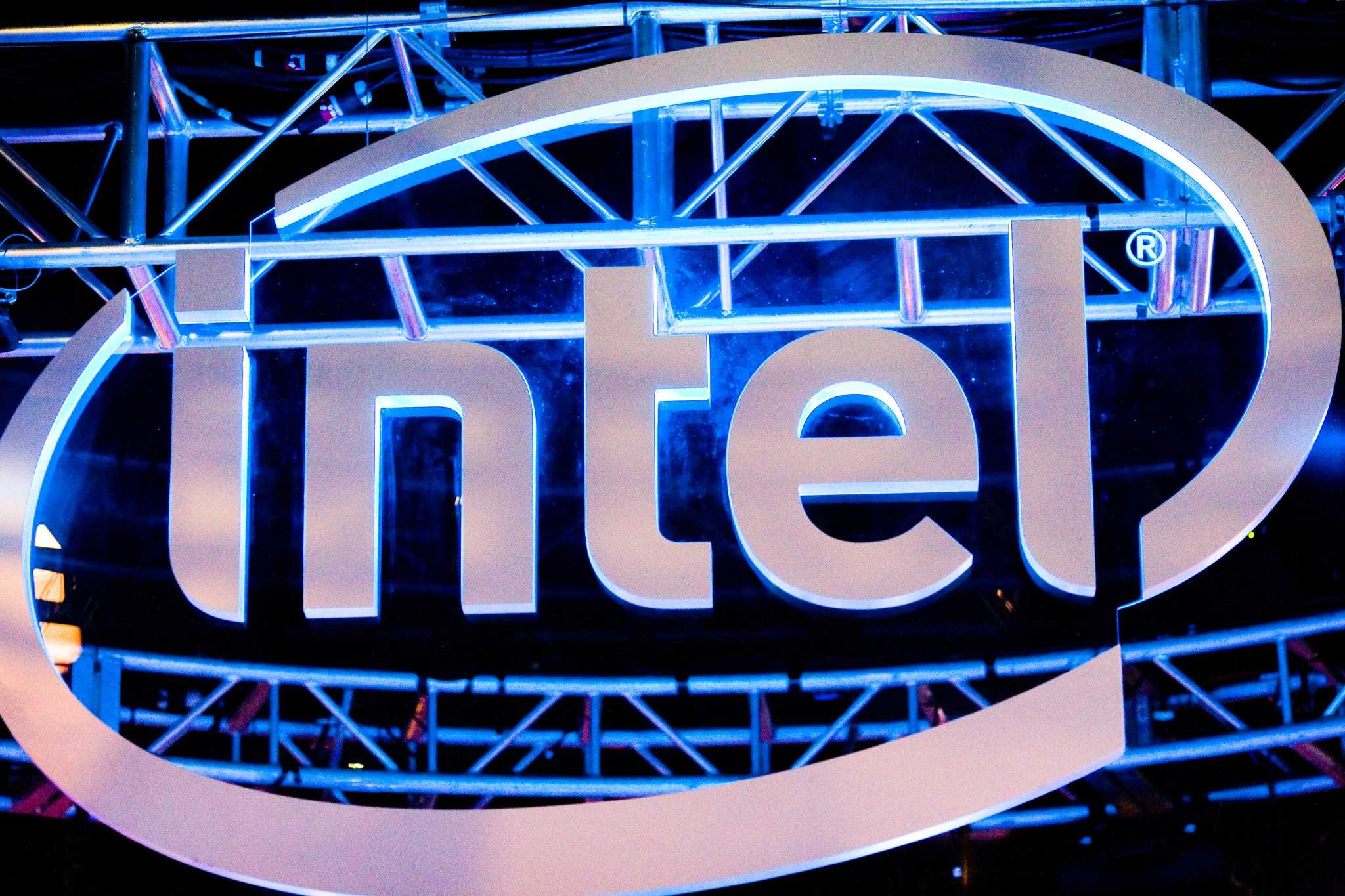
 June 6, 2005: Steve Jobs reveals that Apple will switch the Mac from PowerPC processors to Intel.
June 6, 2005: Steve Jobs reveals that Apple will switch the Mac from PowerPC processors to Intel.